This four page pamphlet has a unique place in football history. It was published in November 1863 by the committee which drew up the Cambridge University rules of football. This was the latest in several attempts to create a composite set of rules, starting in 1846, but would be the one with the most profound influence. It was reproduced in the sports papers of the day, and came to the notice of the fledgling Football Association in London whose members were holding a series of meetings that autumn to establish a common code for football. Its publication galvanised the debate among the game's founding fathers, as it provided a tentative solution to the arguments which were raging between different factions. Charles Alcock saw it as something of a godsend and proposed adopting the Cambridge rules in their entirety, albeit with some small modifications, and that is indeed what happened. The FA's rules were duly published in December 1863, and association football came into being.
The Cambridge rules were important enough to be printed in The Field and Bell's Life, and then JC Thring set them out alongside the FA's final version in his little book of football rules, which he published at the end of 1863.
I can't help feeling that its significance was not appreciated, as when the auction house first listed it in 2009 it was left unsold, and then when they tried again in 2015 it sold for the princely sum of 60 euros. I asked the auction house to forward my details to the purchaser, which they kindly did, but I have had no further response.
This is a shame as I have never seen another and as far as I know it is the only surviving copy. I remain hopeful that it will surface, one of the true building blocks of association football.
However, if this unknown copy of the 1863 Cambridge Rules has survived, who knows what else is out there? The fact that something so old can surface does raise the faint hope that perhaps, one day, the mythical rules from 1848 will also be found.
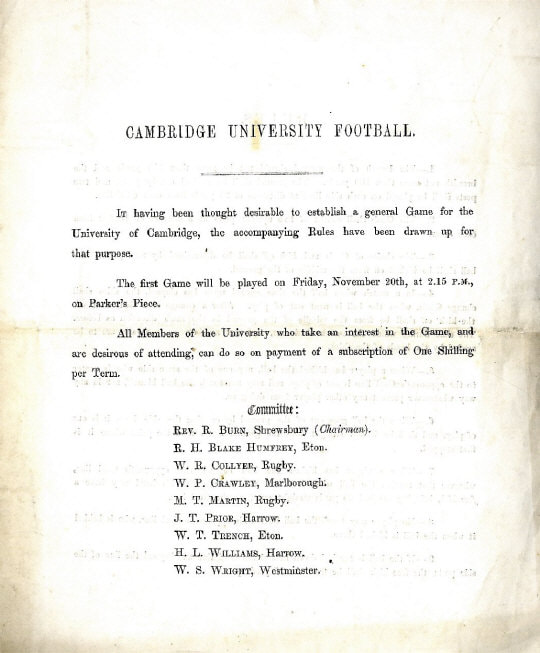
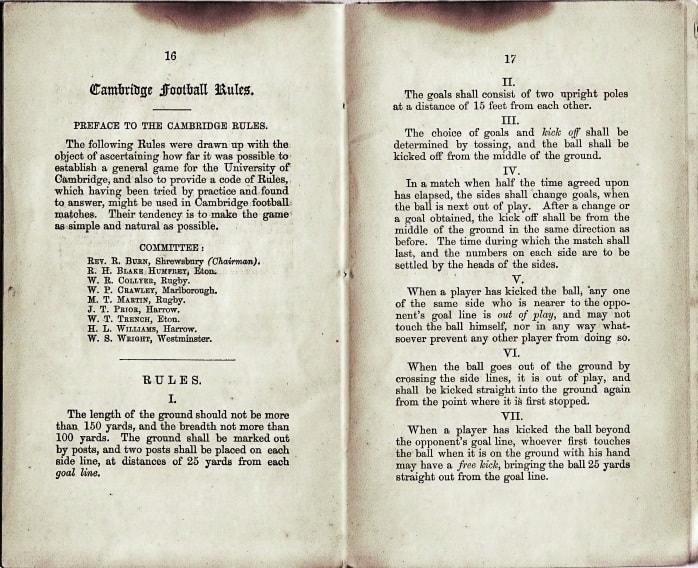
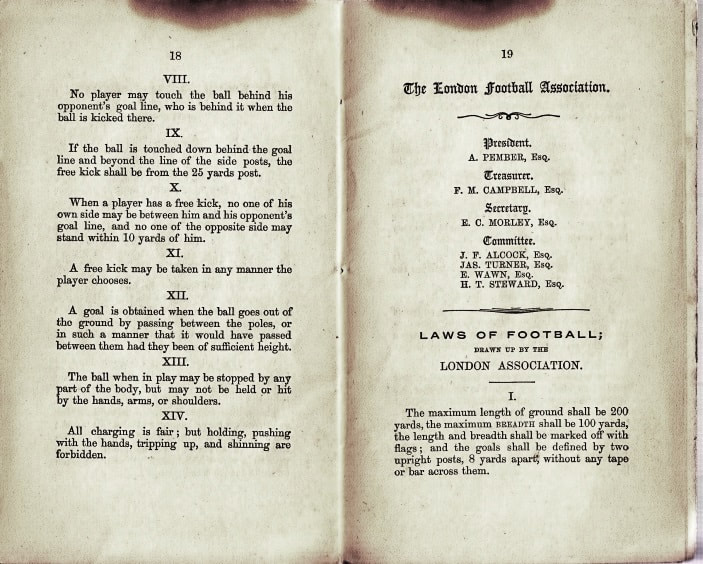

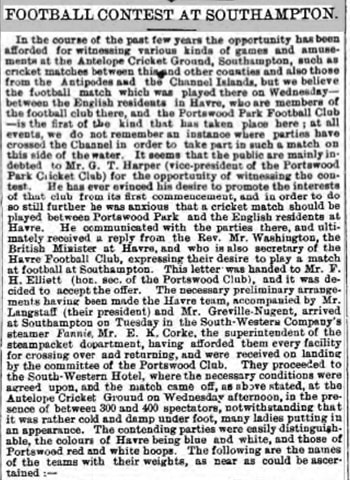
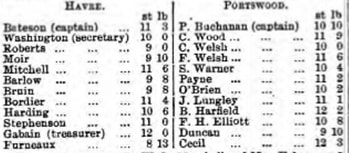
 RSS Feed
RSS Feed